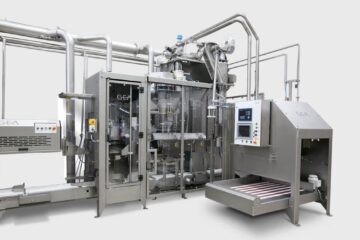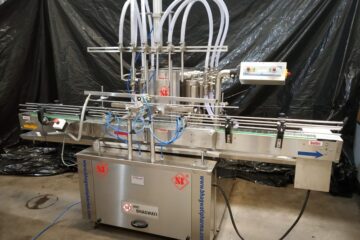Winch Hoist: A Comprehensive Guide

A winch hoist is a type of crane that is used to move heavy objects from one place to another. It is a versatile piece of equipment that can be used in a variety of industries, including construction, manufacturing, and logistics.
They are available in a variety of sizes and capacities, and they can be operated manually or with a motor. They can also be used with a variety of attachments, such as chains, ropes, and cables.
If you’re looking for a comprehensive guide to winch hoists, then you’ve come to the right place! In this article, we will cover everything you need to know about winch hoists, including their types, features, and applications.
Types of Winch Hoists:
1. Electric Winch Hoists:
It is powered by electricity and is one of the most common types of winches in use today. Electric winches are ideal for use on construction sites or anywhere else where there is no access to an external power supply. An electric winch can also be used for lifting small loads up to several hundred pounds at speeds between 0-60 feet per minute (fpm). They are relatively inexpensive compared to other types of hoists
2. Manual Winch Hoist:
It is operated by hand and can be used to lift heavy objects. It is typically made of steel, aluminium or other metals, and it has a drum that is wrapped around with rope or chain. When you pull on the rope or chain, the drum spins and raises the load up. They are often used in construction sites to move materials and equipment around the site. They are also used in warehouses, where they can be used to move pallets full of products around the warehouse floor.
3. Pneumatic Winch Hoist:
It is a type of crane that uses air pressure to move heavy objects from one place to another. Pneumatic winches are typically used in construction, manufacturing, and logistics industries as they can be used to move heavy materials safely and quickly over long distances.
The main advantage of this crane is that it can be operated manually by one person—no additional equipment or training is needed! Additionally, these types of winches are lightweight and portable, which means they can easily be moved around the job site when needed. However, there are some disadvantages associated with pneumatic winches as well: They tend to be less powerful than other types of winches; they also require more maintenance due to their use of air pressure.
4. Hydraulic Winch Hoist:
It is a type of winch that uses hydraulic power to lift and lower objects. Hydraulic winches are ideal for heavy lifting operations because they can handle high amounts of weight. They are also very durable and easy to use.
Hydraulic winches are available in various sizes and capacities, so there’s no need to worry if your application needs a small or large unit. You can find a hydraulic winch that fits your needs, whether you need it for industrial purposes or personal use.
How to choose a winch hoist?
1. Capacity:
The capacity of a winch hoist is usually measured in tons and pounds. The higher the capacity, the greater the weight that can be lifted. Typically, they have capacities ranging from 3 tons to 25 tons.
2. Speed and Lift Height:
The speed of a winch hoist refers to how fast it can lift objects. In general, the faster it lifts, the more expensive it is. However, if you need to lift objects at a steady pace, then you should consider getting a slower model at an affordable price point. The lift height refers to how high an object can be lifted by the winch hoist before it reaches its maximum height limit (usually around 30 feet). You should choose a model with enough lift height for your application so that you don’t have to go back down and re-lift your load each time you need to move it into position
3. Motor Power:
Motor power refers to how much torque (rotational force) your winch has at its disposal when lifting objects up or down vertically or horizontally at fast speeds. This is important because motors
So these are the things that you should know about a winch hoist, its types, and what you need to consider while choosing it.


















